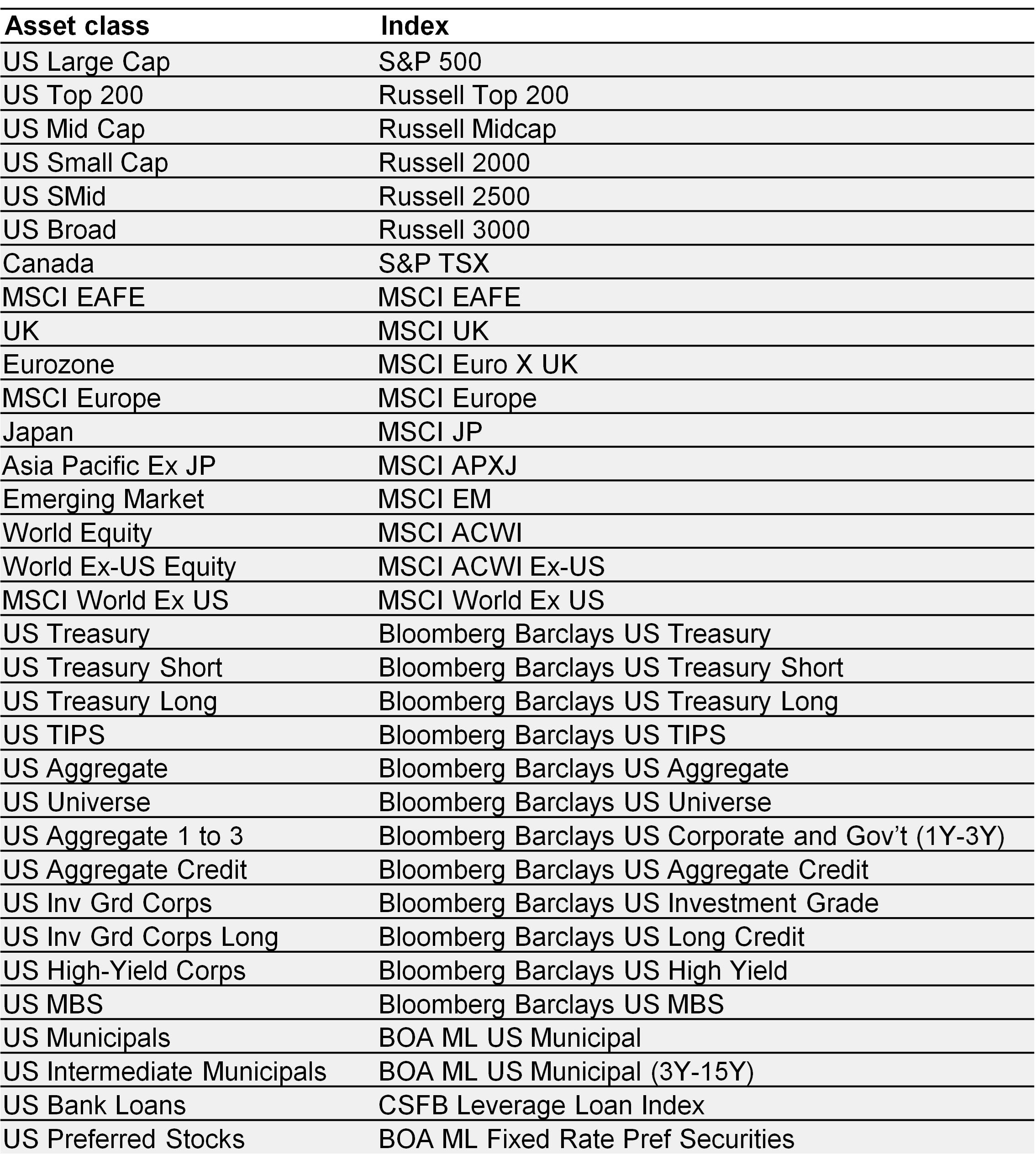Regulatory Outlook 2024
Solvency II reform to continue throughout 2024
Following a year in which disagreements surfaced between Government ministers and the Prudential Regulation Authority over the extent of reforms to UK Solvency II, 2024 should be the year in which the final technical details of the reform package are ironed out and brought into force.
A three-phase approach to completion
The UK authorities plan to finalise the reform package in three tranches:
Tranche one: HM Treasury will legislate to reduce the Risk Margin. Draft regulations published1 in June 2023 proposed to cut the risk margin for long-term life insurance by approximately 65%, and for non-life insurance by approximately 30%. The final legislation is expected by the beginning of 2024.
Tranche two: the PRA will publish final rules on the Matching Adjustment (MA). In September 2023, the PRA published a consultation paper setting out draft plans to “enable broader and quicker investment by insurers in their MA portfolios”2, as well as an attestation process for the amount of MA benefit being claimed. The PRA expects to publish final policy and rules on the MA during Q2 2024, with the changes coming into force on 30 June 2024.
Tranche three: all other Solvency II reforms on which the PRA has consulted will take effect on 31 December 2024. These include the draft proposals consulted on in June 2023, which the PRA predicts “will allow a meaningful reduction to the existing administrative and reporting requirements for the UK insurance sector”3.
Political pressure to deliver the benefits of reform
Once the reforms are in force, pressure is likely to build on the insurance industry to demonstrate that the benefits – which the City Minister has predicted could be up to £100bn of capital freed-up for investment – are delivered.4 MPs have already questioned the PRA on whether its remit extends to monitoring whether capital released under the reforms is invested in the UK economy rather than transferred to shareholders via higher dividends.5 Given the constrained state of the public finances, the next government (of whichever colour) is likely to look to the private sector – and to the insurance sector in particular – as a source of significant new investment capital.








